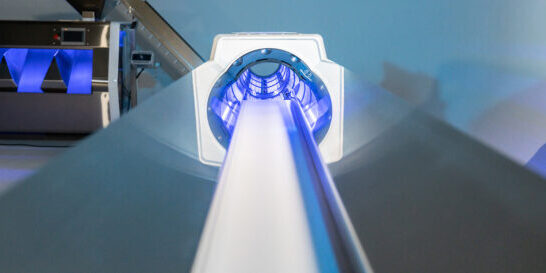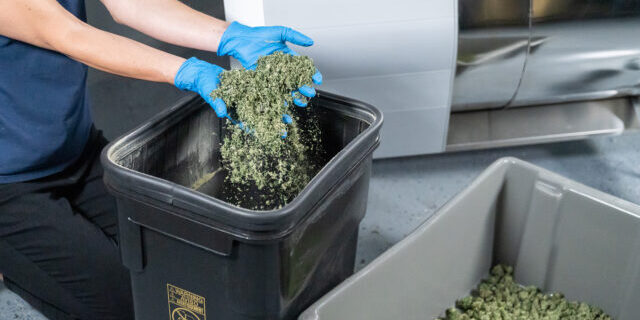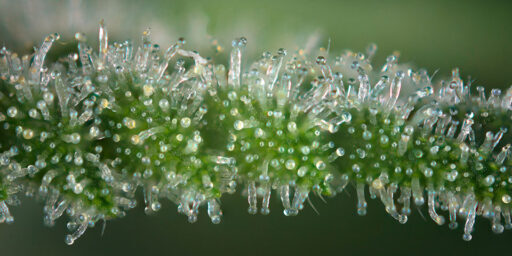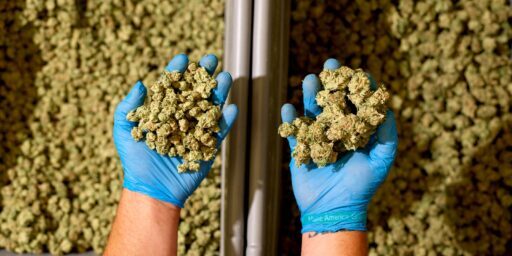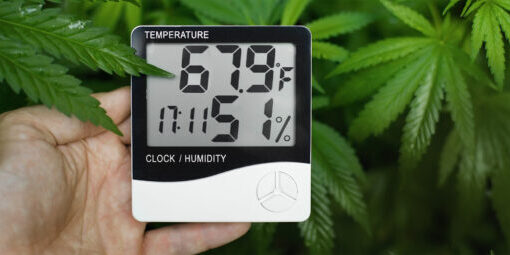Optimizing Solventless Hash and Rosin Production: How to Avoid Common Mistakes
Solventless cannabis extracts are no longer a niche offering. From small boutique producers to large-scale commercial operations, cultivators are tapping into the growing demand for high-quality, chemical-free concentrates. Among the most in-demand solventless products are bubble hash and hash rosin, both of which emphasize flavor, potency, and purity.
This article explores how to optimize solventless hash and rosin production, avoid common pitfalls, and make strategic choices around labor, equipment, and technique. Whether you’re scaling an existing solventless operation or building one from the ground up, this guide will help you make the most of your cannabis material.
What Are Solventless Products?
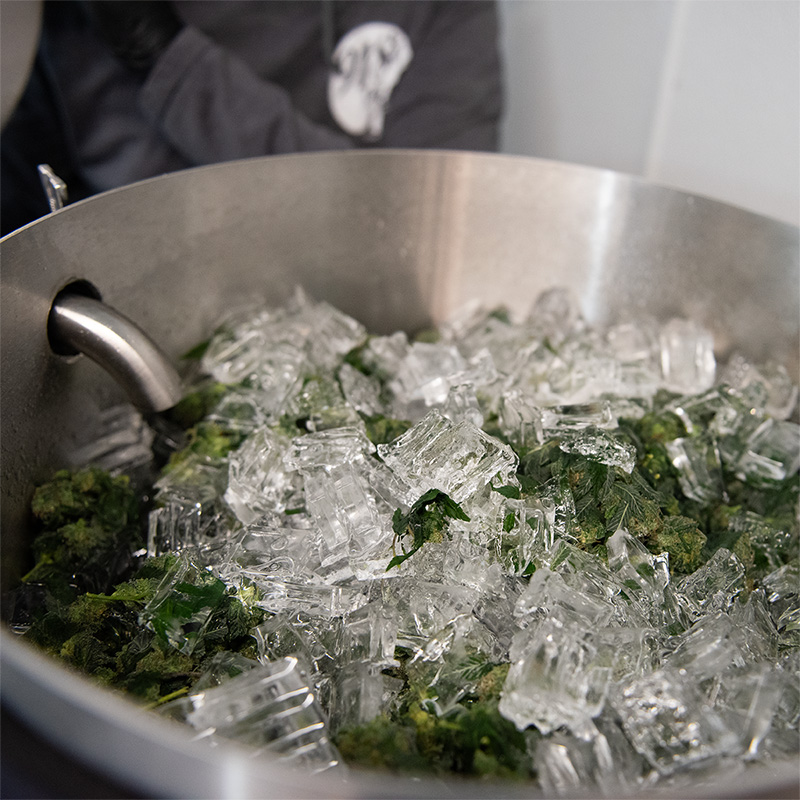
Solventless extraction refers to any method that separates cannabinoids and terpenes from cannabis plant material using mechanical or physical means, without the use of a chemical solvent like butane, ethanol, or CO₂. Instead, techniques like agitation, filtration, pressure, and heat are used to isolate the desired compounds.
The most common solventless products fall into two main categories: hash and rosin. Dry sift hash uses screens to separate trichomes from dried flower, while bubble hash relies on water agitation and filtration through micron bags to isolate the trichome heads. Of these, bubble hash is far more popular at the commercial level, particularly for creating live or full-melt grades.
Rosin, on the other hand, is made by applying heat and pressure to cannabis material, which can include flower, kief, or bubble hash. Hash rosin is considered the premium tier of solventless concentrates.
Why Solventless Products Are in High Demand

The preferences of cannabis consumers are shifting. In mature markets like California and Colorado, solventless rosin now accounts for over 20% of dabbable concentrate sales, according to 2024 data from BDSA. The appeal lies in purity, flavor, and safety. Without residual solvents or post-processing additives, solventless products offer a clean and expressive profile that today’s concentrate connoisseurs are looking for.
From a producer’s standpoint, solventless products also represent a strategic opportunity. They consistently command higher prices per gram than solvent-based extracts. In competitive dispensary environments, top-tier live rosin can fetch between $30 and $100 per gram, depending on location and quality. That pricing power helps offset the higher cost of production, especially for cultivators who can automate portions of the process.
Bubble Hash: Characteristics, Costs, and Processing Strategy
Made using water, agitation, and filtration, bubble hash captures trichome heads without chemical solvents, which makes it ideal for high-end concentrates like hash rosin. Its production, however, comes with specific labor demands and equipment needs.
Bubble Hash Production
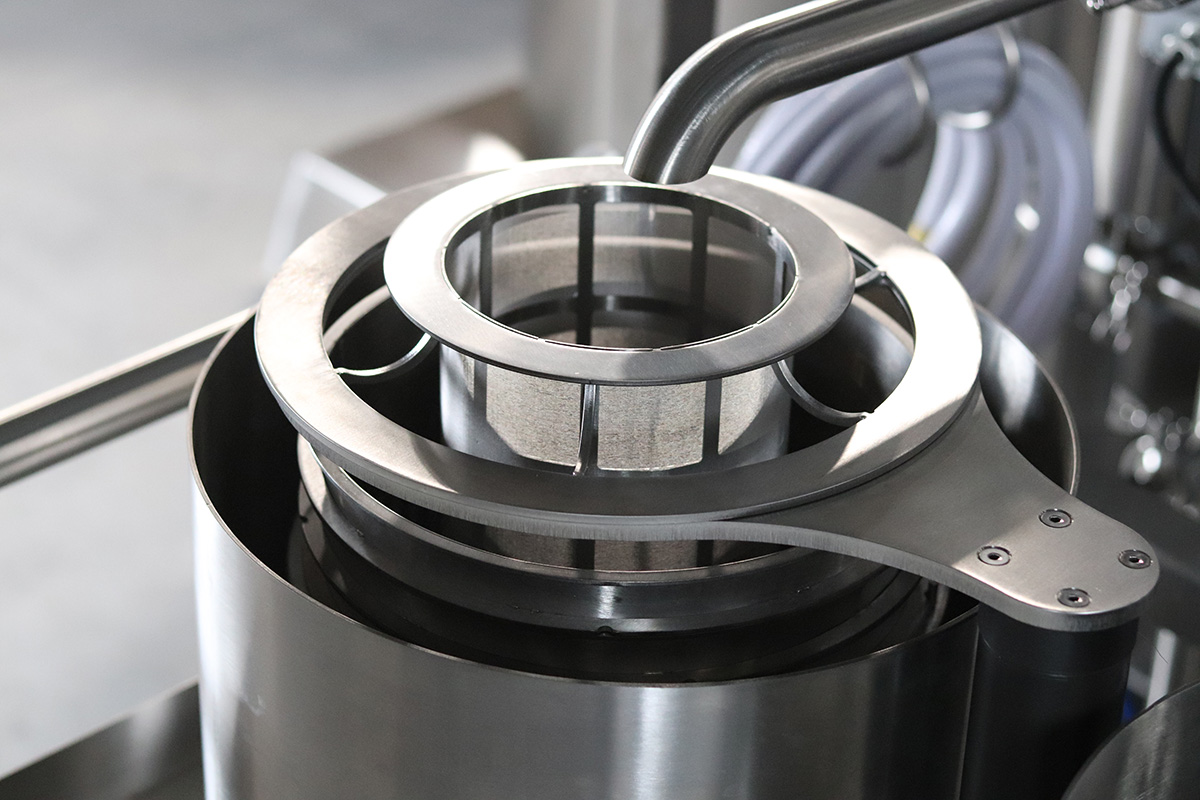
At a commercial scale, bubble hash production begins with fresh-frozen cannabis flower or high-quality dried material. Trichomes are gently separated from the plant using cold water agitation in a hash washing system, then filtered through a series of mesh bags ranging from 220μm to 25μm. The finest-quality hash — often full-melt — typically falls between 73μm and 120μm. Choosing the right micron sizes and adjusting them for different cultivars can dramatically boost yield and resin quality.
A key factor in making bubble hash is the labor intensity of it. Manual washing requires highly trained staff and constant oversight, especially when managing water temperature, agitation cycles, and bag filtration. However, automated systems like the Mobius M100 Solventless Hash Wash System can significantly reduce labor and improve consistency.
Common Mistakes to Avoid
One of the most common mistakes in making bubble hash is over-agitation. While more vigorous agitation may boost yield, it also increases plant contamination and degrades quality. Temperature control is equally critical — too warm, and trichomes smear or break; too cold, and yields can drop.
Drying is another critical step. Improper drying leads to microbial growth and terpene loss. Freeze dryers have become the standard because they offer precise moisture control while preserving volatile compounds. Without them, hash may darken, lose aroma, or even become unsellable.
Profitability and Market Position
In terms of profitability, bubble hash can command mid- to high-tier wholesale pricing, depending on the grade and melt quality. However, its value often increases exponentially when used as input for hash rosin. This has led many producers to view it not as a finished product, but as a step in a broader solventless strategy.
Hash Rosin: Premium Output and Pressing Precision
Hash rosin, particularly live rosin made from bubble hash, sits at the top of the solventless value chain. With consumer demand surging for clean, high-terpene dabs, hash rosin consistently commands premium prices and is widely considered the gold standard of cannabis concentrates.
Hash Rosin Production
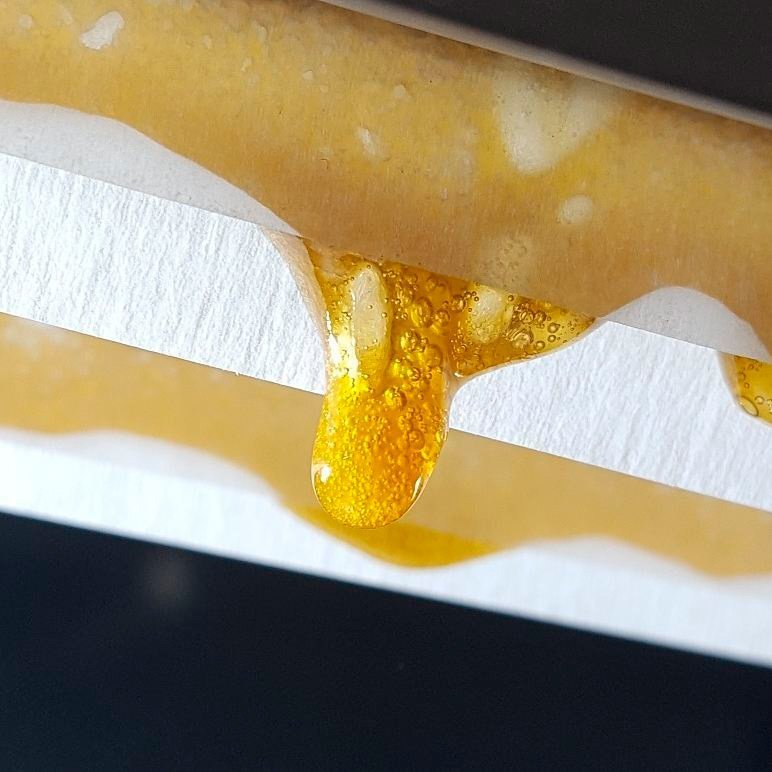
Production starts with high-quality dried bubble hash, which is pressed using heated plates and controlled pressure to extract a translucent, terpene-rich oil. Precision is key. Too much heat or pressure can darken the rosin and degrade its flavor. Too little and yields suffer.
Pressing specifications will vary by the cultivar used and the desired consistency. However, most processors choose temperatures between 160°F and 200°F. Presses like the Triminator TRP Stack are favored for their precision, repeatability, and pressure control. To improve production efficiency, many processors use pre-press molds to shape hash into uniform pucks before pressing. This step can reduce blowouts and improve contact with the plate.
Common Mistakes to Avoid

Moisture management is a common challenge. Hash that’s too dry yields less and may feel crumbly. Too moist, and the rosin may bubble, spit, or suffer from terpene loss. That’s why many labs store hash in cool, humidity-controlled environments until press time.
One area where new processors often go wrong is failing to match press settings to the hash quality. Lower-grade hash typically requires higher temps and more pressure to achieve acceptable yields, but this can come at the expense of quality. High-end full-melt hash should be pressed at lower temperatures to preserve its volatile compounds.
While pre-pressing hash into pucks before pressing is not required, it’s a smart step to include. Skipping this step can lead to blowouts, especially with sticky or unevenly packed material. Other common mistakes include failing to clean plates between runs or applying uneven pressure, both of which can cause channeling or result in inconsistent texture and yield.
Production Costs and Market Demand
From a business standpoint, hash rosin delivers exceptional margins, but it also carries high production costs. Labor, packaging, and yield loss must be factored in. However, with top-tier rosin fetching $30 to $100 per gram in retail markets, many producers find that the investment pays off, particularly when using in-house flower or converting low-yield cultivars into high-value products.
Consumer demand continues to climb. In some U.S. markets, rosin now rivals or surpasses live resin in concentrate sales. This trend reflects shifting preferences toward cleaner extraction methods and more expressive terpene profiles. Brands that produce consistent, high-quality hash rosin often enjoy strong customer loyalty and a premium market position.
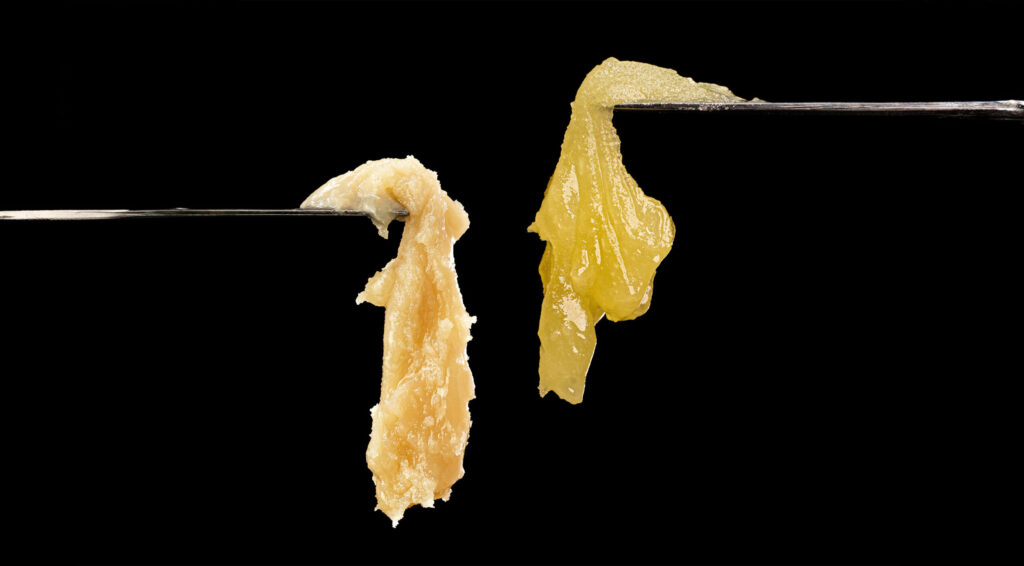
Final Thoughts on Scaling Solventless
The demand for solventless cannabis products is expected to continue growing as consumers become more educated and discerning. For commercial producers, this trend represents both a challenge and an opportunity.
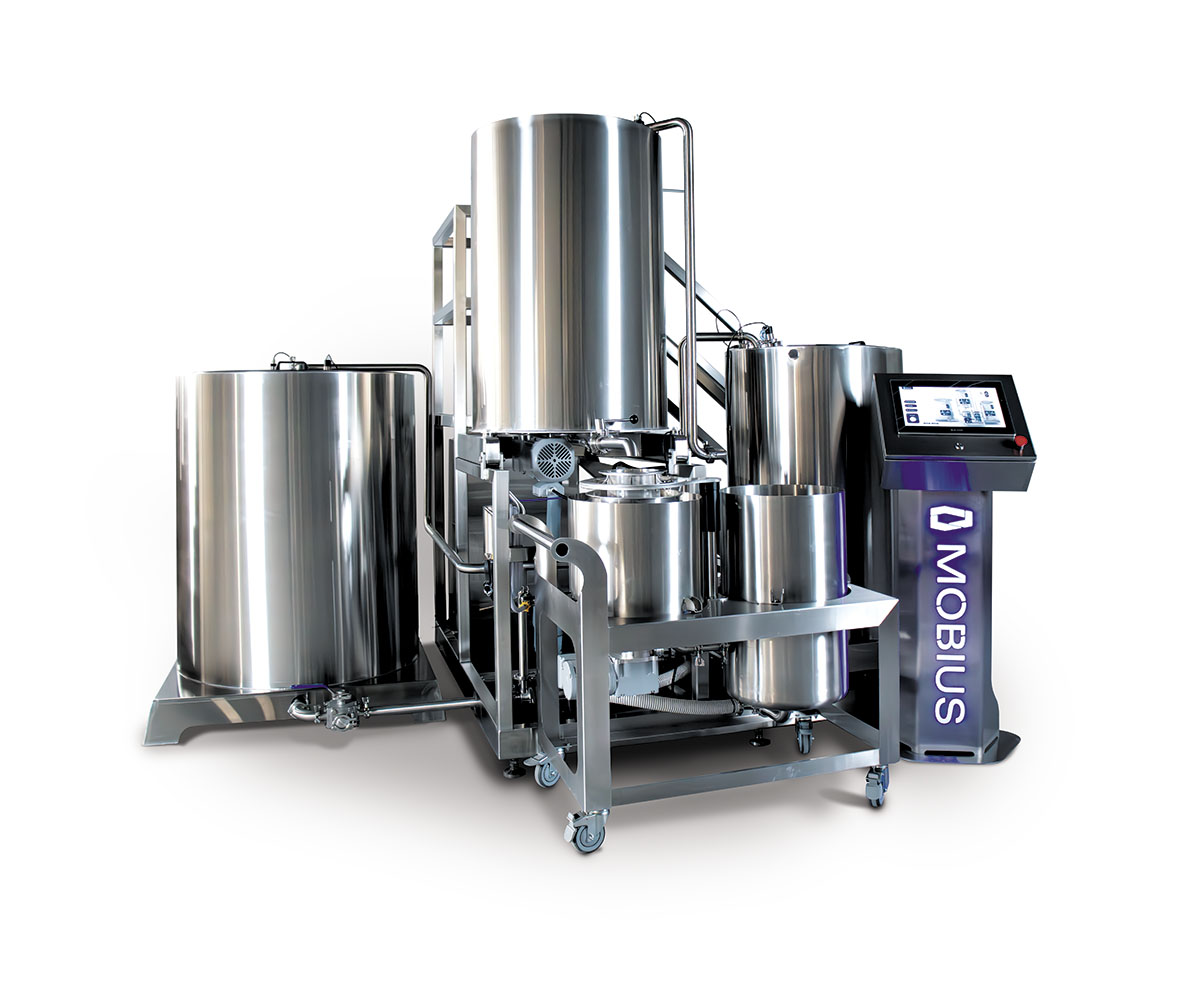
As consumer expectations continue to rise, solventless producers will need to prioritize not just quality, but repeatability and efficiency. Those who invest in scalable systems and refined workflows will be best positioned to lead in this competitive and evolving market segment.
Optimizing solventless hash and rosin production is not about reinventing the wheel, it’s about mastering the details. From sourcing quality cannabis flower to dialing in your wash cycle, every stage of the process contributes to the final product’s potency, flavor, and appeal. Automation, proper drying methods, and press calibration can all improve consistency and reduce waste.
For cultivators ready to elevate their solventless operations, Mobius offers specialized equipment designed to increase output and maintain quality at scale. Contact us to learn more about how our technology can help you meet the growing demand for premium solventless products.

